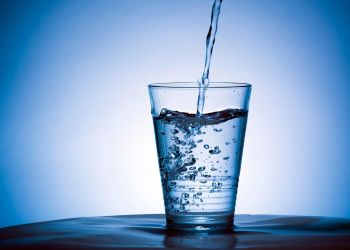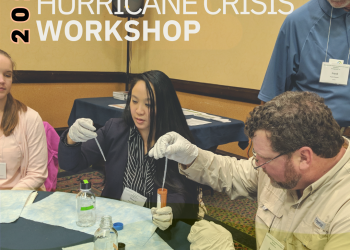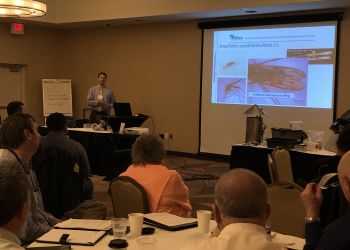The U.S. Department of Agriculture’s (USDA) Food Safety and Inspection Service (FSIS) is issuing food safety recommendations for those who may be impacted by winter storms in the Central to Northern Plains regions of the U.S.
The National Weather Service reports an intense storm across the Central Plains that will continue to bring blizzard conditions to parts of the Northern Plains and Rockies. Heavy rain, snowmelt, and ice jams on rivers have produced widespread flooding across the Upper Midwest. The powerful winds have already led to widespread power outages in Colorado. Severe storms with damaging winds, hail, and tornadoes are possible from the Great Lakes to the South.
Winter storms present the possibility of power outages and flooding that can compromise the safety of stored food. Residents in the path of this storm should pay close attention to the forecast. FSIS recommends that consumers take the following steps to reduce food waste and the risk of foodborne illness during this and other severe weather events.
Steps to follow if the power goes out:
- Keep the refrigerator and freezer doors closed as much as possible. A refrigerator will keep food cold for about four hours if the door is kept closed. A full freezer will hold its temperature for about 48 hours (24 hours if half-full).
- Place meat and poultry to one side of the freezer or on a tray to prevent cross contamination from thawing juices.
- Use dry or block ice to keep the refrigerator as cold as possible during an extended power outage. Fifty pounds of dry ice should keep a fully-stocked 18-cubic-feet freezer cold for two days.
Food safety after a flood:
- Do not eat any food that may have come into contact with flood water—this would include raw fruits and vegetables, cartons of milk or eggs.
- Discard any food that is not in a waterproof container if there is any chance that it has come into contact with flood water. Food containers that are not waterproof include those packaged in plastic wrap or cardboard, or those with screw‐caps, snap lids, pull tops and crimped caps. Flood waters can enter into any of these containers and contaminate the food inside. Also, discard cardboard juice/milk/baby formula boxes and home-canned foods if they have come in contact with flood water, because they cannot be effectively cleaned and sanitized.
- Inspect canned foods and discard any food in damaged cans. Can damage is shown by swelling, leakage, punctures, holes, fractures, extensive deep rusting or crushing/denting severe enough to prevent normal stacking or opening with a manual, wheel‐type can opener.
Food safety during snow and ice storms: During a snowstorm, do not place perishable food out in the snow. Outside temperatures can vary and food can be exposed to unsanitary conditions and animals. Instead, make ice by filling buckets or cans with water and leave them outside to freeze. Use this ice to help keep food cold in the freezer, refrigerator or coolers.
Steps to follow after the power comes back on:
- Check the temperature inside of your refrigerator and freezer. Discard any perishable food (such as meat, poultry, seafood, eggs or leftovers) that has been above 40°F for two hours or more.
- Check each item separately. Throw out any food that has an unusual odor, color or texture or feels warm to the touch.
- Check frozen food for ice crystals. The food in your freezer that partially or completely thawed may be safely refrozen if it still contains ice crystals or is 40°F or below.
- Never taste a food to decide if it’s safe.
- When in doubt, throw it out.






